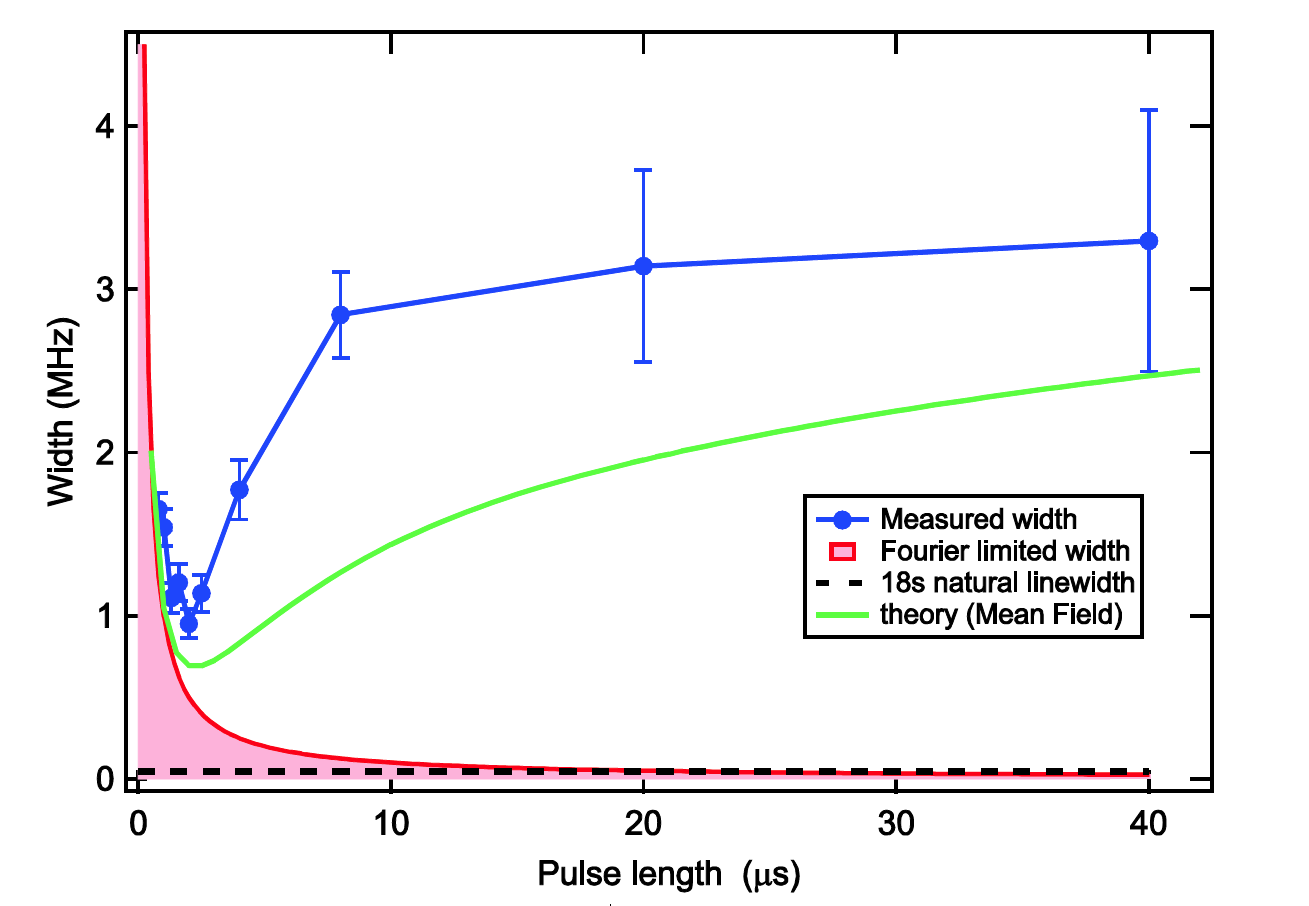Boulier, Thomas
Date: Tuesday, June 20, 2017
Time: 11:00
Place: ETH Zurich, Hönggerberg - HPF G 6
Host: Tilman Esslinger / Michael Messer
Spontaneous avalanche dephasing in large Rydberg ensembles
Thomas Boulier
Joint Quantum Institute, National Institute of Standards and Technology and the University of Maryland, USA
For some times now, Rydberg atoms have been strong candidates for the realization of quantum information processing architectures. However recently there has been concerns [1] about this approach due to the observation of a rapid onset of decoherence in large ensembles [2,3]. This has been especially visible in the difficulty of realizing Rydberg dressing for atomics ensemble of ~100 atoms or more. We provide experimental support [2] for the hypothesis that this is due to the avalanche-like onset of off-diagonal dipole exchange interactions, fueled by blackbody transitions to nearby Rydberg states of opposite parity. Making a fully microscopic model has proven difficult as it appears far beyond mean-field arguments: high order correlations play an important role, as can be expected for an off-diagonal interaction. The ubiquitousness of Rydberg-Rydberg blackbody transitions at room temperature and the always-resonant nature of dipole exchange interactions make it an interesting challenge and argue for deeper study into the matter. We present here measurements and analysis that confirm this mechanism and explore several possibilities to reduce its impact.

Reference:
[1] M. Saffman, Journal of Physics B : Atomic, Molecular and Optical Physics 49, 202001 (2016).
[2] J.A. Aman et al., PRA 93.4, 043425 (2016)
[3] E.A. Goldschmidt et al., PRL 116,113001 (2016)